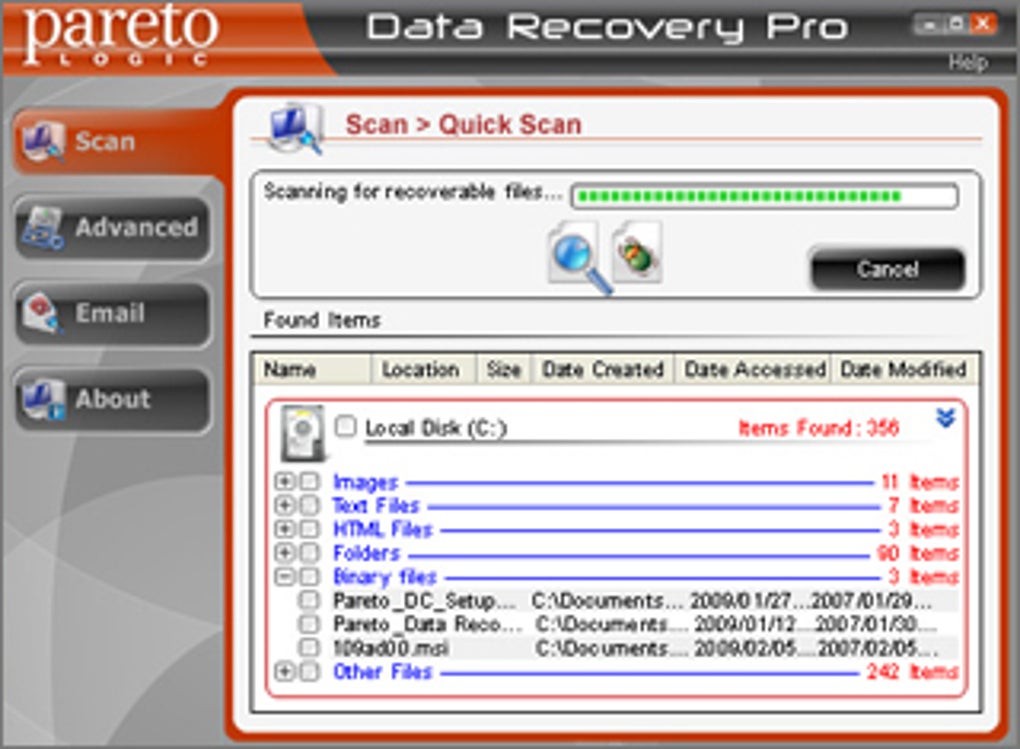

- ANY DATA RECOVERY PRO 3 TERABYTE PORTABLE
- ANY DATA RECOVERY PRO 3 TERABYTE PC
- ANY DATA RECOVERY PRO 3 TERABYTE SERIES
The 18 TB drive runs 2.8 cents per GB and costs $500 for the drive.The 14 TB drive runs 2.1 cents per GB and costs $300 for the drive.The 10 TB drive runs 2.2 cents per GB and costs $220 for the drive.The 4 TB drive runs 3 cents per GB and costs $120 for the drive.The 1 TB drive runs 5 cents per GB and costs $50 for the drive.In some cases, customers might pay a premium for the latest generation, which usually offers the greatest capacities.Ĭonsider the costs of Seagate's STGX4000400 external HDDs: With Seagate, for example, drives decrease in cost per gigabyte as they increase in capacity, but only up to a certain point. When it comes to cost per GB, TB-level HDDs can get interesting. Today, consumers can get a 14 TB external HDD for $300. Eight-terabyte drives in 2018 cost about $600, with some archive-grade drives available for as little as $300. By mid-2018, a 4 TB external hard drive for consumers cost approximately $150 - four times the capacity for less than half the 2007 price. When 1 TB HDDs were first introduced in 2007, a consumer-grade drive cost approximately $375. Like any other computer component, the cost of HDDs has decreased over time. These new technologies have the potential to increase drive density even further in order to squeeze more terabytes on a single HDD. Western Digital is also pursuing HAMR-based storage, as well as storage based on Microwave-Assisted Magnetic Recording technology. For example, Seagate is working on HDDs that use Heat-Assisted Magnetic Recording (HAMR) technology. Vendors are actively pursuing other technologies as well. In 2017, Western Digital released a 12 TB helium-based HDD, the Ultrastar He12, and now offers the Ultrastar DC HC650 helium-filled HDD, which can store up to 20 TB of data. First offered by HGST in 2013, helium-filled drives make up some of the highest capacity terabyte drives available. The advent of helium-filled HDDs has enabled storage drives to use the lightness of helium to increase storage density. More recently, vendors such as Samsung, LaCie and HGST have also made their mark on the HDD industry.
ANY DATA RECOVERY PRO 3 TERABYTE SERIES
Western Digital's OptiNAND is a nine-disk, 20 TB drive: OptiNAND combines Western Digital's HDD and flash technologies.Ī series of mergers of HDD vendors in the early 2000s left Seagate, Toshiba and Western Digital - which acquired Hitachi in 2012 - as the main companies selling HDDs with a TB or more of capacity. Today, HDDs such as the Western Digital Ultrastar DC HC650 and OptiNAND hybrid hard disk/flash drive can store up to 20 TB of data, and SSDs such as the Nimbus Data ExaDrive can hold up to 100 TB of data.
ANY DATA RECOVERY PRO 3 TERABYTE PORTABLE
In 2008, Seagate released the FreeAgent GoFlex portable drive, which offered 1.5 TB of storage. After that, it took a mere two years to reach 1 TB.

With the drive's release, Hitachi noted that it took 35 years for the storage industry to reach 1 GB and 14 years to deliver 500 GB. The HDD marked a milestone for data storage, and it also emphasized how rapidly storage capacity was growing. Sixteen years later, in 2007, Hitachi began selling the first 1 TB HDD to consumers. It was not until 1991 that 1 GB disks were available to consumers, and even then a gigabyte of storage cost nearly $3,000. At the time, HDDs were available in 10 megabyte ( MB) or 20 MB capacities.
ANY DATA RECOVERY PRO 3 TERABYTE PC
The XT was the first PC to include a built-in hard drive as a standard feature.

In 1983, IBM released the Personal Computer XT, the successor to the original IBM PC. However, in situations where the exact number of bytes is not as important, terabyte is still often used for either standard. For this reason, the term tebibyte was coined to refer to binary measurements to distinguish them from decimal measurements. The difference of 24 GB can represent a substantial amount of data. For example, when the decimal standard is used, 1 TB is equal to 1,000 gigabytes ( GBs), but when the binary standard is used, 1 TB is equal to 1,024 GB. When storage capacities were smaller, the discrepancies between the two standards had little impact, but now that much more data is being stored, these differences have greater significance. The base-2 standard uses the binary system and specifies that 1 TB is equal to 2 40 bytes, or 1,099,511,627,776 bytes.The base-10 standard uses the decimal system and specifies that 1 TB is equal to 10 12 bytes, or 1 trillion bytes.As with other data measurements, computer, storage and network systems rely on the following two standards to determine the number of bytes in a terabyte:


 0 kommentar(er)
0 kommentar(er)
